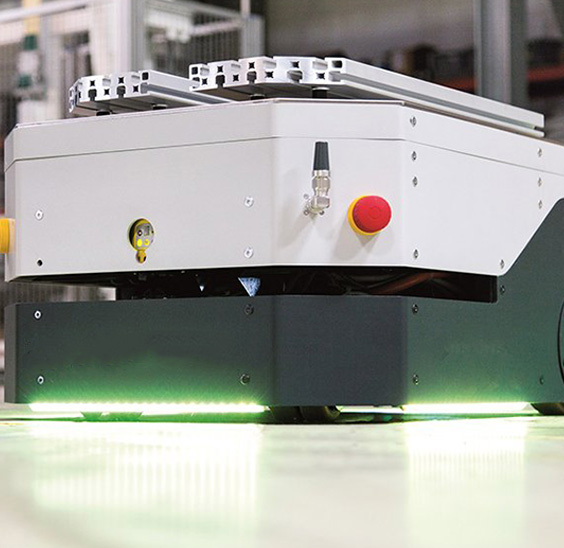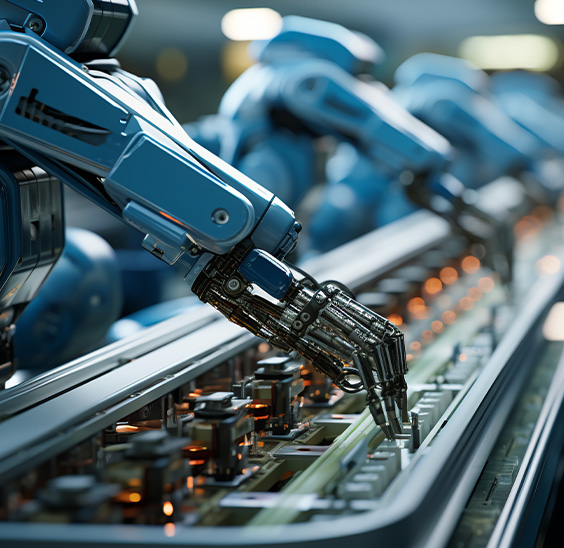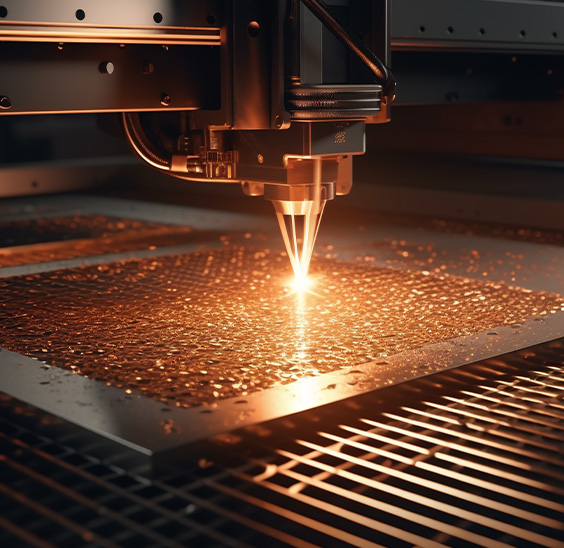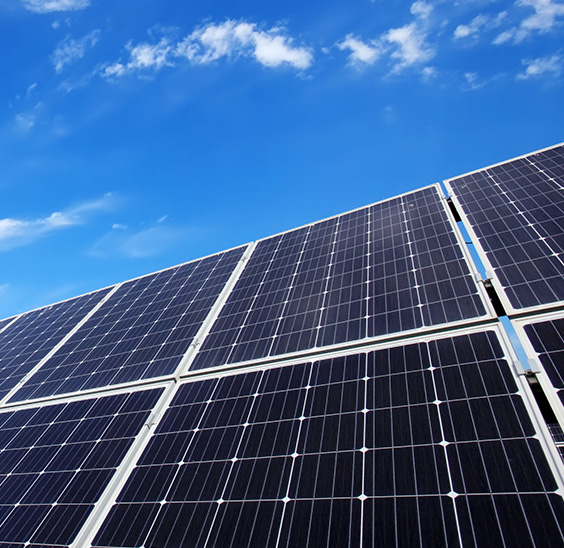Excitation Method of Micro Permanent Magnet DC Brushless Reduction Motor
A small permanent magnet brushless DC reduction motor is an electric motor that can operate by inputting AC voltage. The micro permanent magnet brushless DC reduction motor can push a relatively large load based on multi-level gear engagement and is composed of the motor stator, motor rotor, and reducer. When the micro permanent magnet brushless DC reduction motor operates, the stationary part is the motor stator, which plays a key role in creating an electromagnetic field. It is composed of the outer shell, bearing end cover, permanent magnet material, carbon brush, etc. The rotating part during operation is the motor rotor, mainly composed of the transmission shaft, winding, motor commutator, etc. There are many types of gear reducers, and assembly and connection with small motors can reduce the export speed ratio and improve the export torque.
The excitation methods for micro permanent magnet brushless DC reduction motors can be roughly divided into separate excitation, parallel excitation, series excitation, and compound excitation. Different excitation methods have different characteristics.
1. He excited micro DC brushless reduction motor: The excitation winding and synchronous motor winding have no direct impact. The small DC reduction motor powered by other DC stabilized power sources for the excitation winding system is his excited DC brushless motor, and the permanent magnet DC motor can also be regarded as his excited DC motor.
2. Parallel excited miniature DC brushless reduction motor: The excitation winding of the DC brushless motor is parallel to the winding of the synchronous motor, and the excitation winding and the synchronous motor use the same switching power supply. In terms of characteristics, it is the same as the separately excited small permanent magnet DC brushless reduction motor.
3. Series excited miniature DC brushless reduction motor: After the excitation winding of the series excited miniature DC reduction motor is connected in series with the synchronous motor winding, it enters the DC stabilized power supply, which is the series excited miniature DC reduction motor.
4. Compound excitation micro DC brushless reduction motor: A compound excitation small DC reduction motor has two excitation windings, parallel excitation and series excitation. The magnetic flux potential generated by the series excitation winding and the magnetic flux potential direction generated by the parallel excitation winding are also called integral compound excitation. If the two magnetic flux potential directions are reversed, it is called differential compound excitation.
Small permanent magnet brushless DC reduction motors can be easily divided into brushless motors and brushless reducers. The structure of the two types of motors is the same, different from the commutation method and control method. In terms of cost, brushless DC reduction motors are higher.
Brushless DC motors can be divided into permanent magnet DC motors, such as permanent magnet DC motors, ferrite permanent magnet DC motors, and aluminum nickel cobalt earth permanent magnet DC motors, as well as electromagnetic induction DC brushless motors, such as series excited DC motors, parallel excited DC motors, separately excited DC motors, and compound excited DC motors.
According to the differences in power supply modes, stepper motors can be further divided into waveform brushless DC motors, whose back electromotive force waveform and power supply system current waveform are all rectangular waves, also known as rectangular wave permanent magnet synchronous motors; The back electromotive force waveform and power supply system current waveform of a sinusoidal brushless DC motor are both sinusoidal waveforms.


 EN
EN  English
English 中文简体
中文简体 русский
русский Español
Español


















